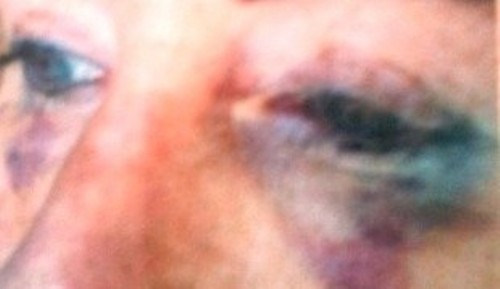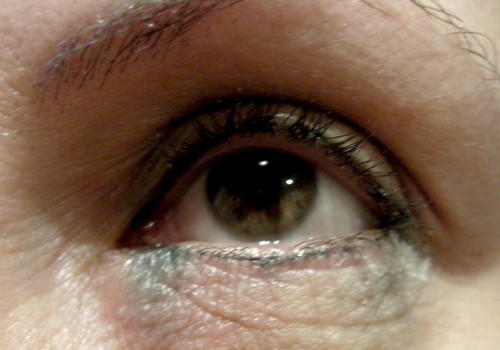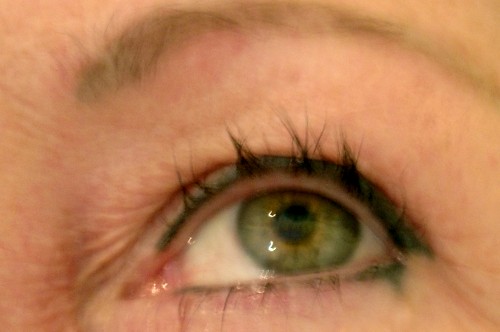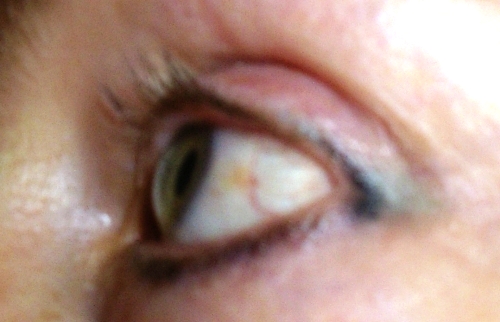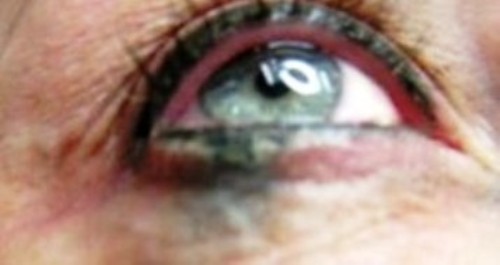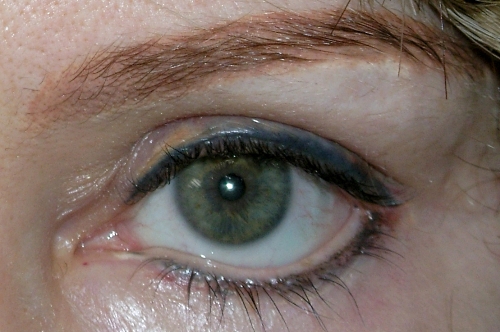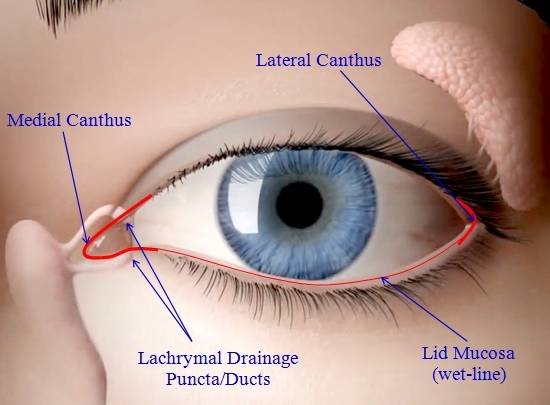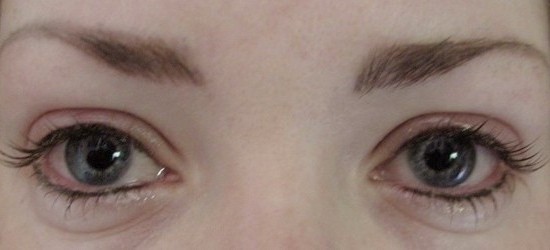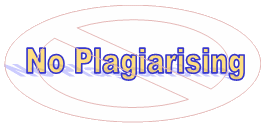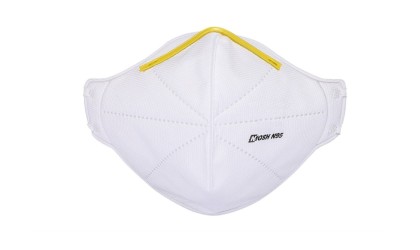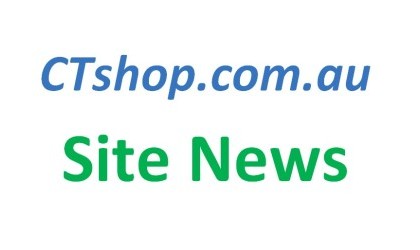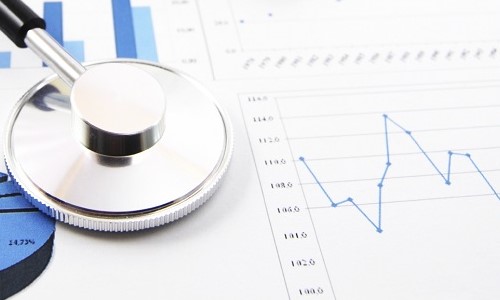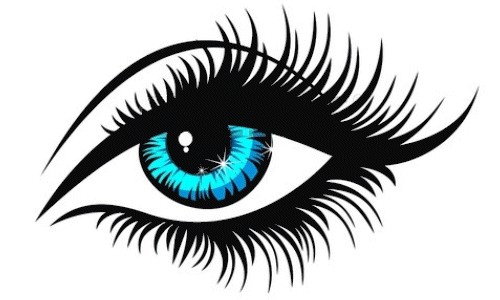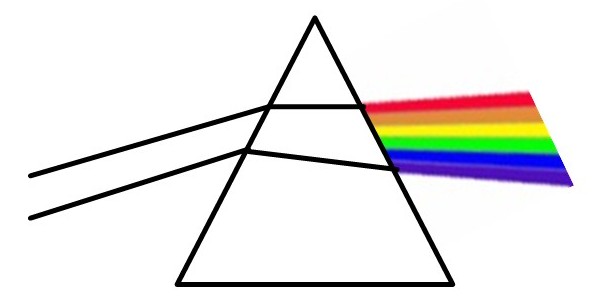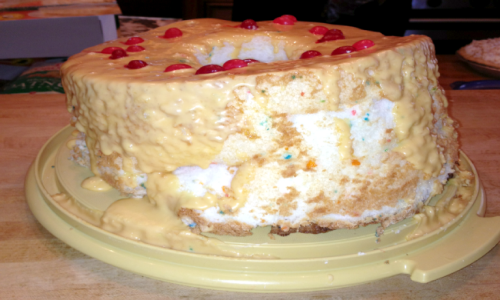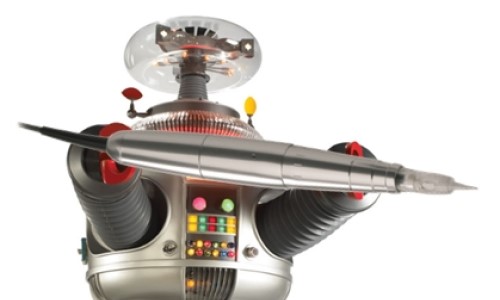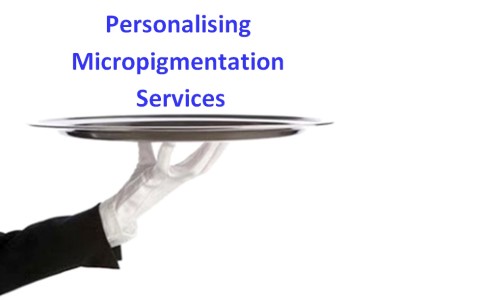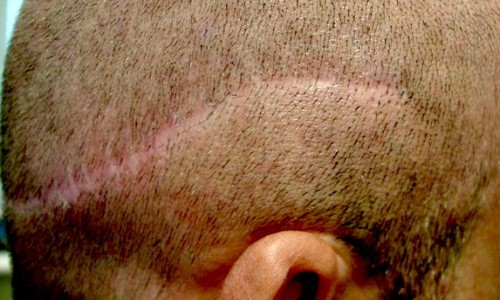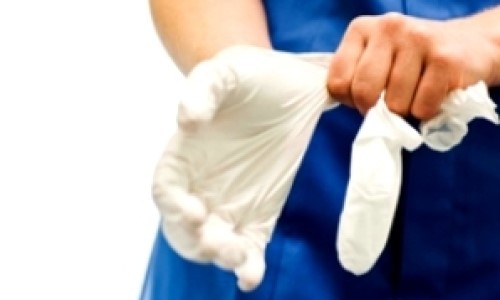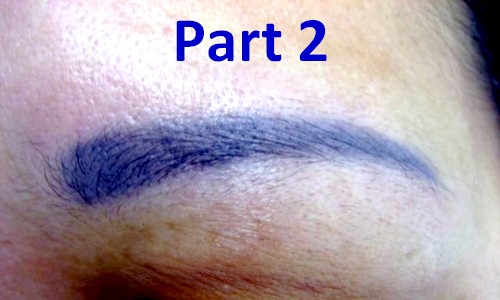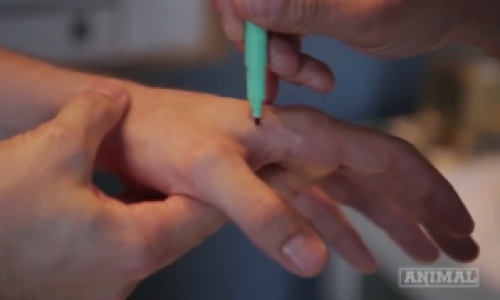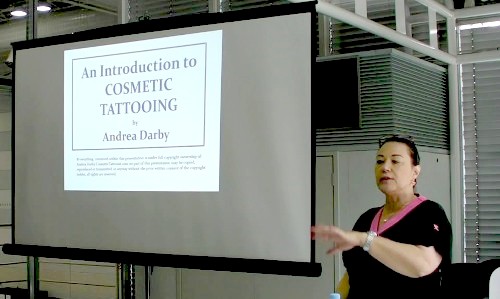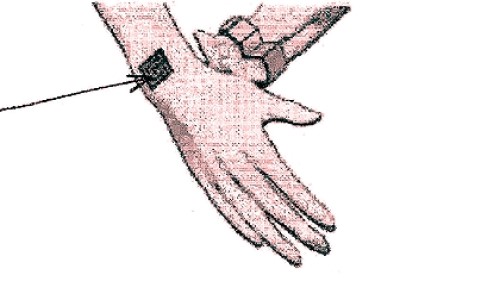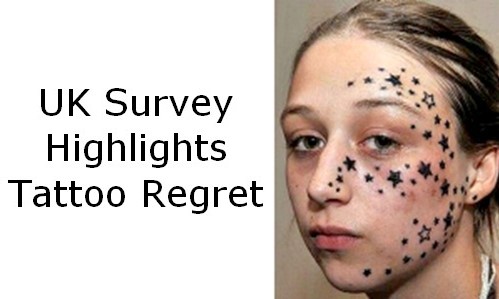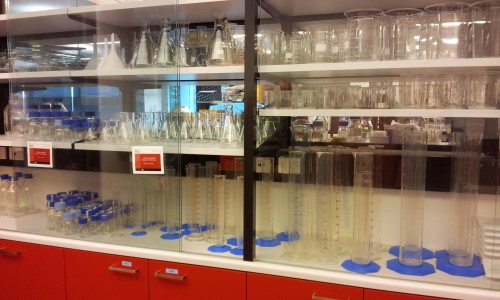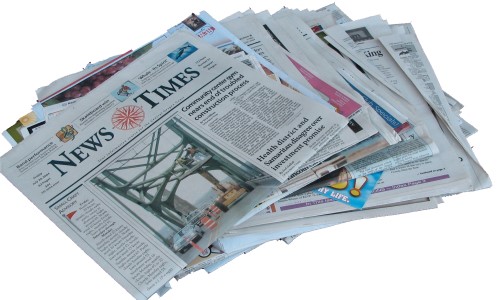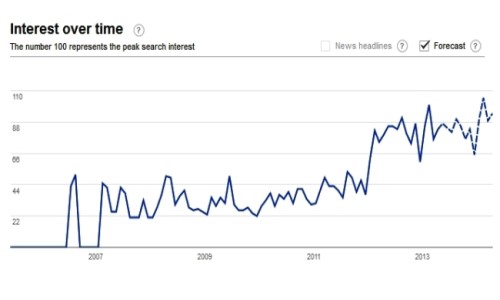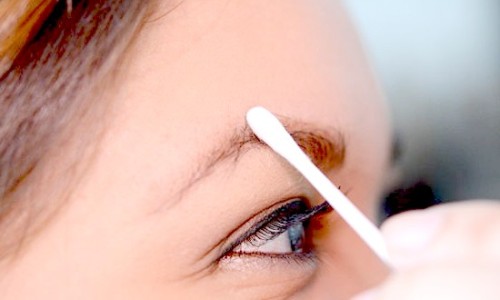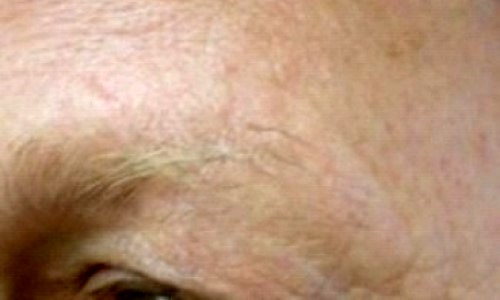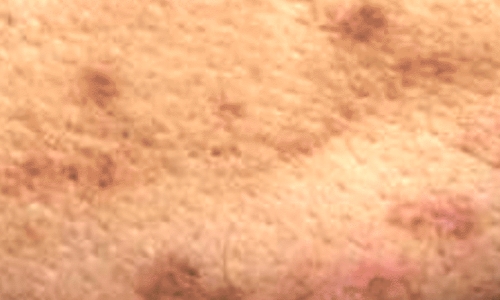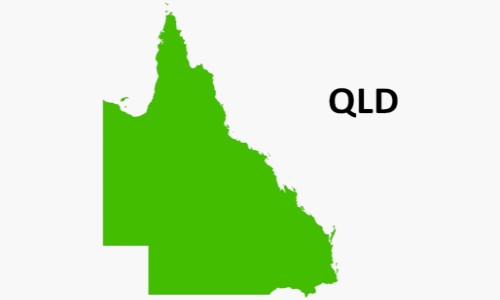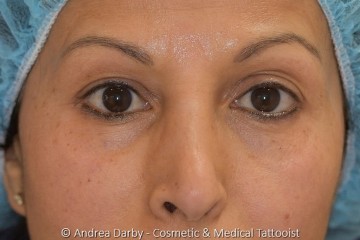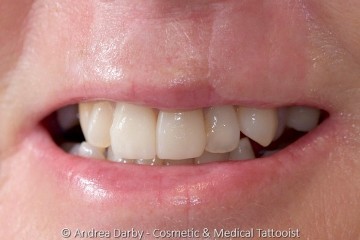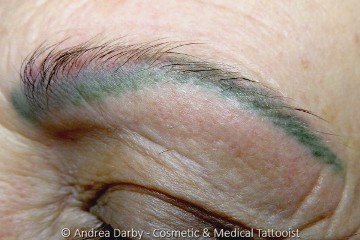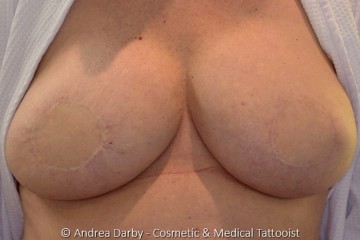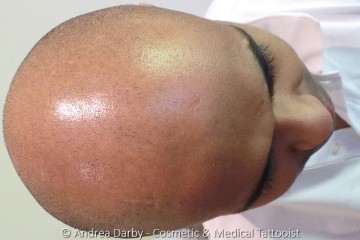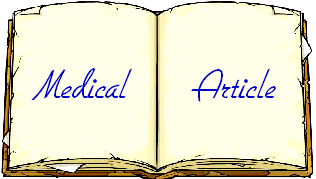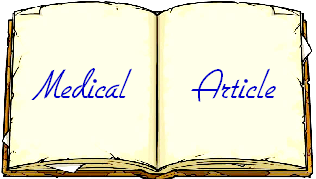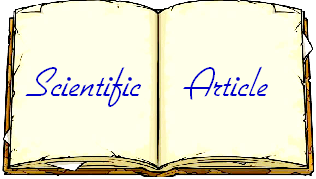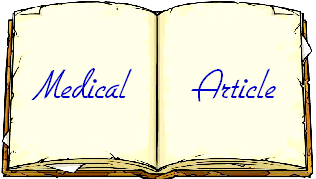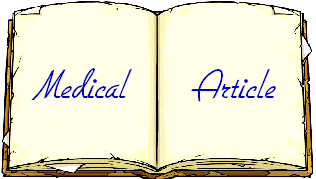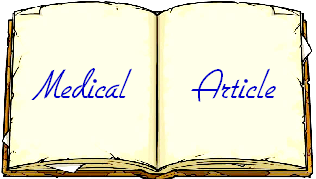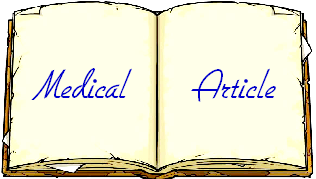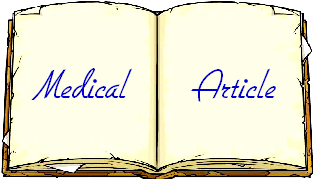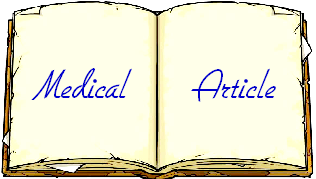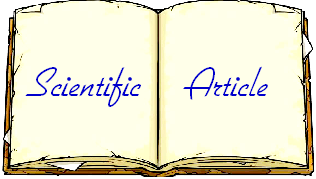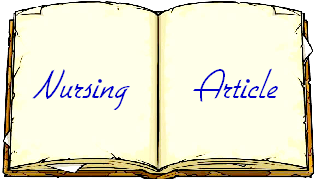Cart is empty
Permanent Eyeliner - Avoiding Complications
10/03/2014
by Andrea Darby - Master Medical Tattooist & Industry Educator

Eyeliner tattooing is the makeup tattooing treatment that a cosmetic tattooist needs to exercise the greatest care when performing to ensure that the client does not have an adverse outcome. In addition to the delicate nature of the eyelid and the eye itself, eyeliner tattooing is the most challenging and potentially the most dangerous for tattoo removal.
Our sense of sight is our most precious sense and cosmetic tattoo technicians should never be complacent when tattooing anywhere near the clients eye.
▼ Continue Reading ▼
|
Important: This article is not intended as a 'how to guide' it is a general discussion of the potential complications with eyeliner tattooing and the possible causes. The skin on the eyelid is the thinnest on the body, in fact the thickness of the epidermis of the upper eyelid is less than 50μm (0.05mm) and the dermis is less than 800μm (0.8mm), notably combined epidermis and dermis eyelid skin is thinnest near the ciliary margin 320±49 μm (as measured in Korean subjects)1. Average skin thickness of the upper eyelid increases gradually as you move upwards away from the ciliary margin; 7mm above the eyelashes 860±305 μm, and just below the eyebrow 1.127±238 μm. It is worth noting that some previous research (Barker2) indicates that overall average skin thickness of the upper eyelid is even thinner 330–355 μm in Caucasians than the average thickness found in Koreans 521±115.8 μm (Hwang1). As you can see it is crucial for technicians to have a clear understanding of anatomy of the eyelid and its key structures, with that in mind the short video below provides a quick recap.
Complications & Their Causes Considering the popularity of eyeliner tattooing the number of reported complications that we found within the medical literature were lower than we expected, in most of those instances only sparse information was provided about the exact nature of the service that was provided. Previously the potential benefits of cosmetic tattooing including eyelid tattooing for both medical3 and aesthetic4 reasons has been reported, however the potential for complications/adverse outcomes should not be ignored. Potential complications can be grouped into 6 main areas;
The most likely cause of a chemical injury caused during eyeliner tattooing would be due to inappropriate use of alkaline topical anaesthetics during the procedure such as Emla cream (pH 9.0-9.2) or other commercial or privately compounded preparations with undisclosed pH. Due to the chemical properties of anaesthetics such as lignocaine and tetracaine many commercial preparations are often too alkaline to be used near the eye5. Poorly manufactured cosmetic tattoo pigments and pigments not intended for use in cosmetic tattooing (such as body art pigments) may also have a pH that is not safe for use near the eye6.
Excessive trauma can be caused to the eyelid due to the use of inappropriate (rotary, coil) or outdated (rotary pen) devices, in comparison high quality modern microprocessor controlled digital cosmetic/medical tattoo equipment provides far more accuracy and control over; penetration speed, power (force) to needle, and better needle quality. Overworking the skin due to using high penetrations speeds, excessive passes over the same area of skin, using incorrect angle for the specific needle and moving over the skin surface too slowly can all result in excessive trauma and bruising. Incorrect needle depth or careless technique can result in full thickness eyelid penetration and or injuries to the eye surface7. Tattooing over the lachrymal drainage ducts or puncta could potentially lead to impairment or closure of the lachrymal drainage apparatus resulting in chronic tear overflow problems.
Our Position:
Pigment migration The majority of clients who contact me requesting correction of eyeliner tattooing involve some degree of pigment migration, there are several potential causes of pigment migration;
The above client requested assistance after she experienced pigment migration following eyeliner tattooing by a technician with a commonly used brand of cosmetic tattoo pigment, I have seen several clients who have experienced pigment migration associated with this particular brand. Possible causes are small colourant particle size (e.g. <6µm)9, excessive glycerine content or pH related issues10.
The above client requested assistance after she experienced pigment migration following eyeliner tattooing by a technician far too close to the lateral canthus.
The above client requested assistance after she experienced pigment migration following eyeliner tattooing by a technician directly over the lateral canthus.
The above picture is secondary to extreme bruising and bleeding following eyeliner, possible causes are; poor quality equipment, overworking the skin or perhaps anticoagulant therapy/clotting disorder. In most circumstances pigment migration cannot be rectified effectively with cosmetic tattooing, tattooing over with skin coloured pigments is likely to compound the problem and make tattoo removal more difficult.
Previously we have discussed the Potential Causes of Nosocomial Type Infections in the Salon-Clinic Setting 11. Infections following eyeliner tattooing do not appear to be particularly common; possible causes of infections are un-sterile or contaminated pigments, failure to use standard non touch aseptic technique (e.g. not using sterile gloves), clients/patients who are immunocompromised. Provided that none of the previous circumstances apply then the most likely cause of infection post eyeliner tattooing is poor hand hygiene or failure to follow the aftercare on the part of the client/patient, hence the reason why emphasising aftercare advice is crucial. Our Position:
Minor or transient irritation to the eye and eyelid is not uncommon for a few hours following eyeliner tattooing, ongoing or excessive irritation could indicate that that a corneal abrasion has occurred or there is a reaction to the tattoo pigment or other products and supplies used during the procedure. There are a few reports of transient tingling, burning, irritation of eyeliner tattooing during MRI12 however it is possible that some cases related to pigments containing diametric magnetic properties13. Our Position:
Tattooing over the conjunctiva of the eyelid (wet-line) to create a kohl pencil look could cause damage to meibomian glands, interfere with normal eye surface lubrication, and result in chronic eye irritation. Also pigment implanted into the eyelid mucosa is likely to result in continuous pigment shedding directly onto the eye surface, it has previously been reported that frequent use of standard eye makeup can become permanently imbedded in conjunctiva resulting in chronic eye irritation14. There are a small number of cases within the literature of chronic eyelid inflammation/granulomas following eyeliner tattooing15 it is quite plausible that these cases involved pigments that contained ingredients that are known to have higher incidences of allergic skin reactions such as heavy metals and some of the organic colourants that are often used in body art pigments and poor quality cosmetic tattoo pigments that may yield aromatic amines10. We have seen comments by some cosmetic tattoo trainers that lash enhancements would lead to permanent loss of eyelid hair due to infiltration of pigment into the hair follicle and its root sheath. Our Position:
Corrections As reluctant as the client is to hear it, sometimes the best correction choice is to wait and do nothing and permit the tattooing to fade over time, this is often the best choice with minor areas of pigment migration, however if body art pigment has been used the tattoo may take many years to fade. For some unknown reason some cosmetic tattoo trainers persist with teaching technicians to use skin coloured pigments to correct eyebrow and eyeliner tattooing. In most instances tattooing skin coloured pigments over previous tattooing will compound the problem by creating blue/green/grey colour results, can spread the unwanted colour within the skin, tends to emphasise the unwanted appearance even more, and can make tattoo removal even more challenging.
The above client had poor quality eyebrow and eyeliner tattooing performed by one technician resulting in pigment migration and irregular lines and then the problem was compounded by the tattooing of skin coloured pigment by another technician. Correction of eyeliner tattooing is best managed via the following 3 options;
NB. Due to the risk of damage to the eye laser tattoo removal of eyeliner should not be entered into lightly, laser removal can also have unusual and unexpected consequences such as permanent leukotrichia18 (loss of natural eyelash hair pigmentation). Our Position:
Higher Risk Anatomical Structures Most of the clients who have contacted us seeking assistance with adverse outcomes from eyeliner tattooing provided by other technicians have either been provided tattooing using poor quality equipment and pigments or have had tattooing near or over higher risk anatomical structures.
Positive Outcomes In my experience outcomes from eyeliner tattooing are overwhelmingly positive provided that both the technician and the client/patient are following sensible precautions and care is taken with both the procedure and the aftercare.
No doubt that some technicians will read this article and state that they have achieved positive outcomes for clients after conducting higher risk procedures. My contention is that our obligation as professional and ethical service providers is to minimise the risk to our client/patient and to engage in
Evidence Based Practice.
Acknowledgment Special thanks to D. Darby RN, Dr. Linda Dixon and my extensive expert advisory network many of whom have contributed to my detailed understanding of crucial aspects related to eyeliner tattooing. References
Date of most recent revision:
11/03/2014 (mutatis mutandis) Copyright © 2014 CTshop.com.au & the article author All Rights Reserved. No copying, transmission or reproduction of site content is permitted without our prior written consent.
Printing Restriction: This article is print disabled, please read our Intellectual Property & Copyright Policies if you would like to request a copy or permission to use the article content for any purpose. |
Main Menu
- Eyeliner Tattooing vs Dry Eye
- MicroBlading - First Things First
- Cosmetic Tattoo Training Standards
- Carcinomas in Tattoos a Statistical Anomaly
- Lash or Brow Growth Enhancing Serums & Tattooing
- What Influences the Colour of a Cosmetic Tattoo?
- Hygiene Protocols Update : Surface Cleaning Wipes
- Preventing & Managing Disputes
- Warm vs Cool Colours
- Age of The Alpha Metrosexual
- Who Will Buy a Poorly Iced Cake?
- Australia now has a Board Certified MicroPigmentation Instructor
- Robot Tattooists?
- Postcards From Birmingham
- The SCAPP Scale - Personalising the Micropigmentation Service
- How to Choose Your PMU Artist
- Scalp MicroPigmentation - More Than Just Ugly Scars?
- Permanent Eyeliner - Avoiding Complications
- Personal Protective Equipment - Are You Covered?
- 3D Nipple Tattooing a New Service?
- Why Do Cosmetic Tattoos Change Colour? - (Part 1)
- Why Do Cosmetic Tattoos Change Colour? - (Part 2)
- Smart Tattoos Are They The Future?
- Presentation: Adding Cosmetic Tattoo to Your Salon
- Cell Phone Vibrating Tattoos
- UK Survey - One Third Regret Their Body Art Tattoo
- Collaborating & Consulting with Dr. Linda Dixon
- Stem Cell Research - Inside the Lab
- When Marketing Via News Media Goes Wrong
- Client Pre-Treatment Screening Questionnaire
- Permanent Makeup Google Search Trends
- Potential Causes of Nosocomial Type Infections in the Salon-Clinic Setting
- Topical Anaesthetics & Cosmetic Procedures
- Introduction to the Fundamentals of Colour Perception
- Clients With Unexplained Loss of Outer Eyebrow Hair
- Hyperpigmentary Skin Conditions & Cosmetic Tattooing
- Cosmetic Tattooing & MRI’s - Diametric Particle Agitation Hypothesis (DPA)
Site News Selection
Educational Article Selection
Regulatory Article Selection
Client Case Studies Selection
Science Library Selection
Complete regrowth of hair following scalp tattooing in a patient with alopecia universalis
31/01/2023
Atypical Intraepidermal Melanocytic Proliferation Masked by a Tattoo: Implications for Tattoo Artist
20/09/2018
Chemical conjunctivitis and diffuse lamellar keratitis after removal of eyelash extensions
26/08/2018
Scarless Breast Reconstruction: Indications and Techniques for Optimizing Aesthetic Outcomes
07/04/2018
High speed ink aggregates are ejected from tattoos during Q‐switched Nd:YAG laser treatments
28/03/2018
Unveiling skin macrophage dynamics explains both tattoo persistence and strenuous removal
08/03/2018
Granulomatous Tattoo reaction with Associated Uveitis successfully treated with methotrexate
08/02/2018
Identification of organic pigments in tattoo inks & permanent make-up using laser mass spectrometry
07/02/2018
Microbiological survey of commercial tattoo and permanent makeup inks available in the United States
03/02/2018

